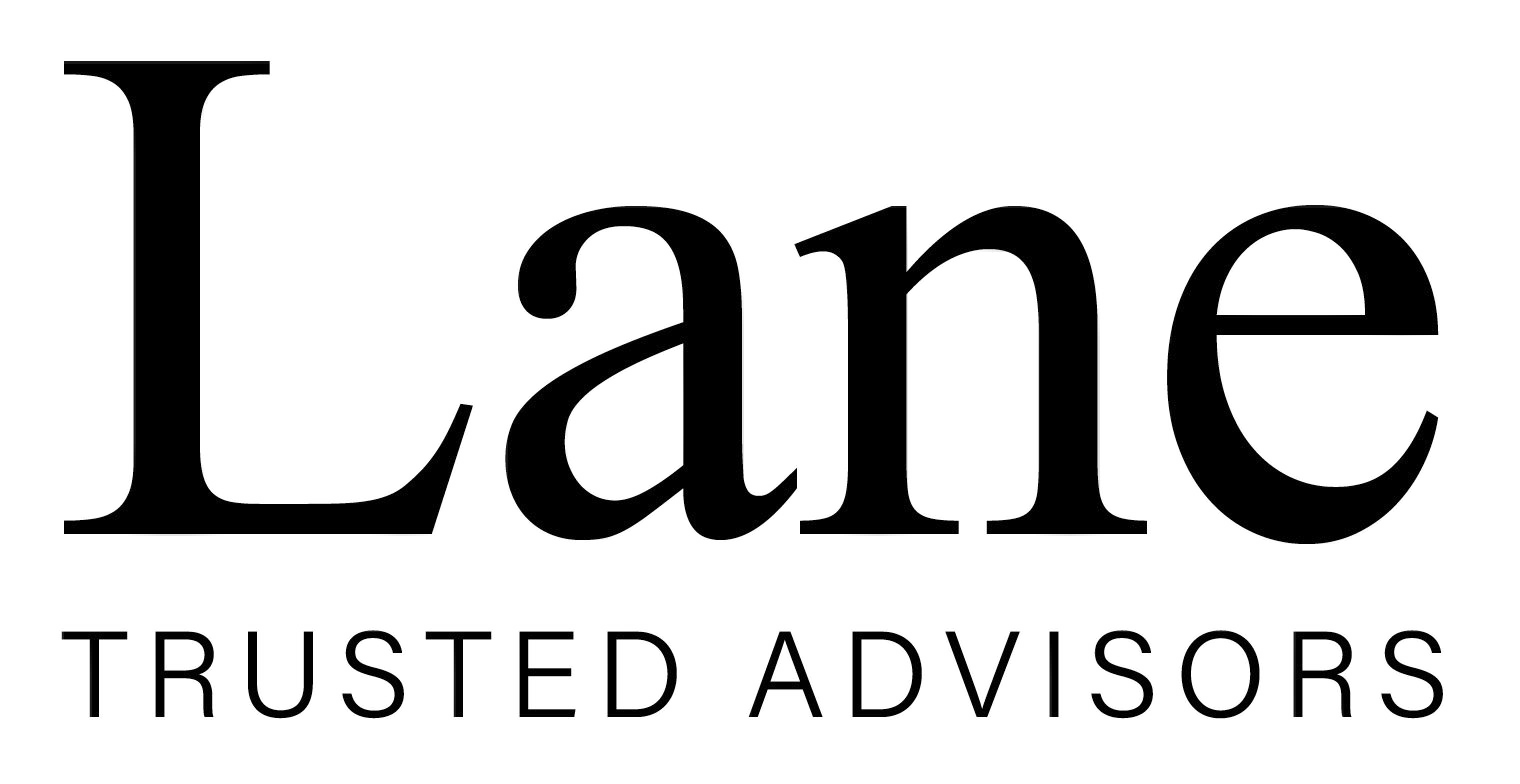Unlike Corporate Boards, as found in Public or near Public Companies, advisory boards have no fiduciary responsibility. Times to meet and frequency are up to the needs and matters to be dealt with. What all boards share is this?
a. They advise
b. They evaluate
c. They play devil’s advocate
If you want to build effective advisory boards then consider the following:
1. What is the Objective of your Advisory Board: Your advisory board can be general in scope or targeted to specific markets, industries or issues such as adopting new technology or going global. They provide timely knowledge about trends, competitors and potential hurdles such as upcoming political knowledge, legislative or regulatory developments.
2. Choose the Right People: When forming a board, you need to understand its purpose, but you also need to know what specific skills to seek. Look for diverse skills, expertise and experience. You will want members to be problem solvers who are quick studies, have strong communication skills and are open minded. Big names can be a bonus… but not always: Getting a heavyweight on your board of advisors might give you creditability, but it’s also important to have members who are going to spend the time to give you thoughtful advice or are well connected and willing to make introductions.
3. Set Expectation: When inviting a prospective member to join your advisory board, you outline the ground rules about what is expected in terms of time, responsibilities and term of office. Specify the areas in which you’re seeking help. If the advisory board is going to discuss issues that include private information, then ensure you have them sign a confidentiality agreement.
4. Compensate your Advisory Board: Depending upon whom you are asking and how involved you need them to be, compensation can vary from just providing food to covering expenses to stock options to cash payments or a combination of these four. Keep in mind that your members will likely benefit themselves in a variety of ways. Being on your Board will expose them to ideas and perspectives that they may have otherwise missed. It will also expand their own networks and provide them with a way of giving back.
5. Get the Maximum out of Advisory Board Meetings: Prepare for meetings well in advance. Set up as schedule in advance so that participants can have the time set aside. Choose a site that is comfortable and free from distractions. Careful thought should be given to developing the agenda as well as managing the meeting. Solicit input for the agenda and distribute important discussion information ahead of time. Run the meeting like any other professional event and follow it with not only the notes and an action plan if required. Whoever facilitates the session needs to know how to draw out and stimulate all participants. As part of the process, it is often important and useful to have top management make presentations to the group.
6. Ask for and Demand Honesty: An advisory board must be open and frank, so don’t be offended if you hear things you don’t like. Your board will also suggest ways or correcting the problems they identify
7. Consider Alternative Feedback Methods: While the preference is to have face-to-face sessions, getting the board together may not be possible. Instead meet through conference procedures such a voice/video/WebEx. E-mail can be a great way to reach everyone, but never overdue the process. Instants ‘tweets’ etc are not the answer.
8. Respect your Board’s Contributions: Never abuse of waste their time. Listen to what the board says. Sometimes, someone running an organization can’t see the forest for the trees. Remember this is not a corporate (shareholders board), so you do not have to do everything they suggest. Ask yourself, ‘Does this work for our company? Am I comfortable with that?” Then make a decision.
9. Keep Board Members Informed: Once they’re on the board, keep members excited about the business by giving them updates at times when you are aren’t soliciting their advice. They’ve agreed to be on your board – this means they care about the company – so keeping them up-to- date will help them be of greater value. Remember that these people for the company are your evangelists.
10. Get Rid of Bad Board Members: If you make a bad choice get rid of the individual. Unlike a board of directors can be replaced without a lot of legal concerns.

